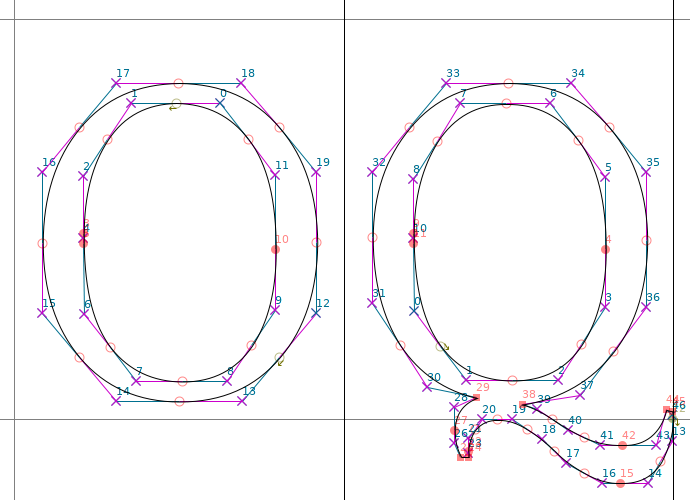

Next, check to make sure that you have not left any unclosed paths. Hit Control-Shift-D or choose "Correct Direction" from the "Element" menu. Be sure to save your work before you proceed any further, though: some of the changes required to validate your font for export will alter the shapes of your glyphs in subtle ways.įor OpenType fonts, first correct the direction of all of your paths. You can use the Validate Font tool found in the Element menu to do this (see the chapter on validating fonts for a more detailed explanation), or you can select all of the glyphs (hit Control-A or choose "Select" -> "Select All" from the "Edit" menu) then run a few commands to apply some basic changes in bulk. To build a font file for testing purposes - such as to examine the spacing in a web browser - you need only to ensure that your font passes the required validation tests. Technically the OpenType format can encompass a range of other options, but the CFF type is the one in widespread use. ttf filename extension) and OpenType CFF (which is found with the. You will use the Generate Fonts tool (found in the File menu) to build a usable output font regardless of whether you are making it for your own testing purposes or to publish it for consumption by others, but you will want to employ a few extra steps when building the finished product.įontForge can export your font to a variety of different formats, but in practice only two are important: TrueType (which is found with the.
#Fontforge join points install
In addition, your ultimate goal is of course to create font that you can make available in an output format for other people to install and use. Although you can do a wide range of testing within FontForge itself, you will need to generate installable font files in order to perform real-world testing during the development process.


 0 kommentar(er)
0 kommentar(er)
